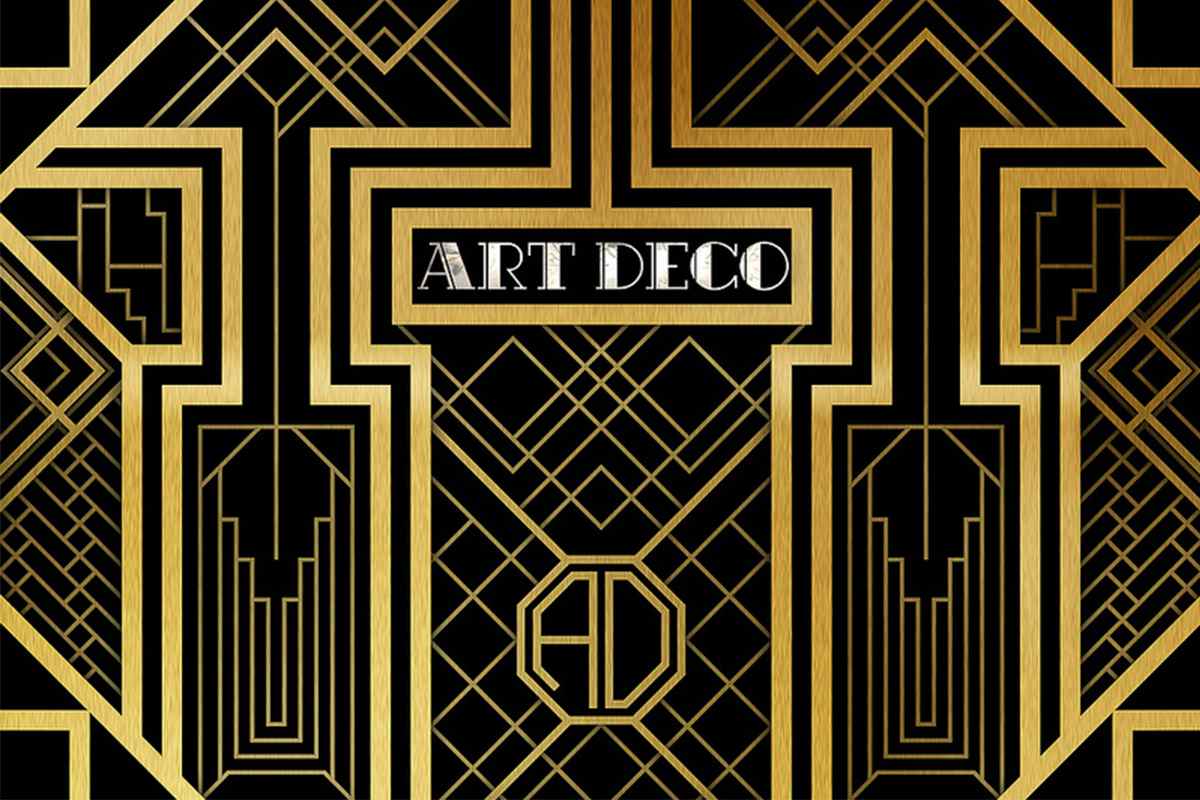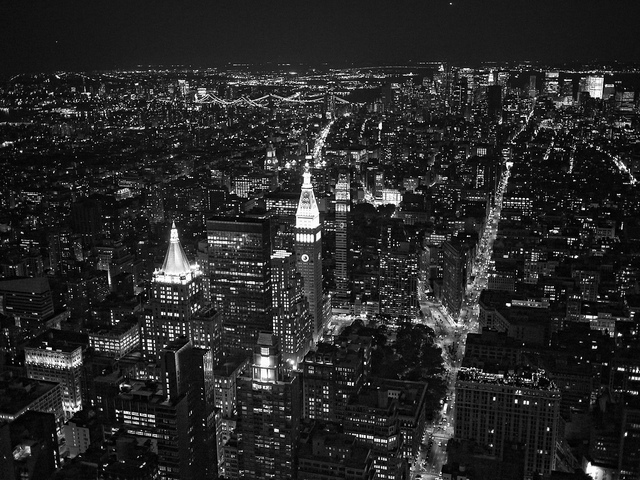So apparently there was a bit of misunderstanding throughout the class as to exactly what the point of these class exercises was, and now it has been cleared up that they were intended to be included in our notes as part of the main assessment. This means that all of them needed to be complete, and as far as I understand, there should be some notation as to the thinking process involved in creating them. So I am going to repost all of the completed exercises here along with some notation.
Exercise 1:
The first exercise was about perceiving. In class we discussed synesthesia, or the crossing/merging of senses in someones brain. Some people can hear colours or see music, others can taste names or feel smells. Our task was to create an animated visual representation of what something tastes like.
We were also told to avoid symbolism, if something tasted like strawberry we shouldn't animate a strawberry.
I chose a green tea poke stick as my food to animate. Initially I started taking notes on the flavour, intending to create elements in the animation that would represent flavours and textures intermingling in the order that I experienced them.
Dane told me that this approach was too academic. Instead of translating taste into visuals, I was translating taste into language, and then that language into visuals. He suggested that I should try to directly draw what I tasted. So that's what I did. I drew out a series of shapes that I felt represented the flavours. I considered when the shapes should be sharper or softer, simple or complex, etc.
This is what I ended up with.
I feel like this representation works well enough. I think that with more time I could have explored synesthesia more in depth. I found that it was difficult to imagine a flavour visually without creating some sort of rule set for the translation of that experience. For instance, more tangy flavours will be sharper shapes, sweet will be softer, weak flavour is a small shape, strong is larger, etc. These are the sort of rules that I automatically went to. And this is somewhat how synesthesia works in real people too. The brain doesn't randomly decide on how to translate the stimulus, it is trying to make things make sense so it consistently translates the stimulus.
Attempting to break free of those rules could result in something more interesting, but at the same time the result would be less recognisable as the original taste. to some degree that would feel like I had failed the task.
Exercise 2:
The second exercise was about 'deep play.'Deep play is all about breaking creative boundaries, seeing the world in a different way, and attempting the unexpected. The task we were gi\ven was to remix a comic strip. Remixing is taking something that exists and changing something about it, thereby changing its meaning. The comic could be changed any way we wanted, changing text, moving panels, adding characters etc.
This is the comic strip I chose:
And this is what I created with it:
I thought that what I created was pretty fun and it definitely changed the meaning of the original. It plays with the order of events, changes who characters are and their relationships to each other, and completely changes the tone of the comic.
That said, even though this is a reasonable example of remixing, I feel it falls a little short of the possibilities of deep play. I don't feel like this comic really breaks any boundaries or explores creative possibilities in new or strange ways. I believe deep play is possible using a comic for a medium, though I find it difficult to think of how to fully realise deep play entirely through remix.
Exercise 3:
This exercise was about patterning. This is the practice of finding patterns and order in seemingly arbitrary information. This is like how we look at clouds and see faces, puppies, and a weird looking shark dude with a trident. In this case we were looking at a video of some bubbles in water and trying to see animation principles.
We were given this video:
First I turned it into this:
And then into this:
Exercise 4:
Exercise 4 was about embodied thinking. Embodied thinking is about using kinesthetic thinking and empathy to embody a subject. This may mean to put yourself in the place of your character to better understand what they are thinking and feeling. Our task was to take a description of a memory from a class mate and turn it into a short embodied animation, in which we should attempt to feel as they did and then represent those feeling visually.
This is the memory brief I received from Michael:
And this is what I animated:
I think I did an alright job of this. I didn't realise until after completing the animation that it said bare feet, my bad. Otherwise I considered the energy and warmth of the memory. I trued to capture the feeling of nostalgia, as well as feeling the movement that was described.
I didn't find it too hard to empathise and embody the memory that Michael gave me, though I think that some of the feeling is missing thanks to the time restraints of the animation itself. I considered pushing this into a more surreal direction by considering smell and feel more in a synesthetic manner, but I think that this captures the ambience if the memory a little better.
Exersize 5:
This exercise was about modelling, which is to represent something and its nature in a different, sort of metaphorical way. An example is creating a visual representation of data, or creating a miniature model of a building before building the actual thing. This also included representing 3D space in a tD drawing, this is taking a concept or dimension and representing it in another manner.
Our task was to represent all of time up to this point in a visual way.
This is what I created:
For this task I considered different theoretical models of time and decided to create an image based on the branching paths model. My image represents the idea that different decisions lead to different possible timelines that all move linearly alongside each other. We sit on the 'event horizon' where future possibilities momentarily become present and then transition to past. I have also shown time 'shattering' as it moves past that event horizon, which means that the past does not exist. Once we have moved through it, that time is no longer accessible and is essentially erased.
I'm fairly happy with this image and I think it works for the task. It takes the concept of time and represents it visually.
Exercise 6:
This exercise was about Abstracting. Abstracting is creating an analogy between two things in a way that takes a complex idea and simplifies if through its similarities to another thing. An example of this is pokemon that represent elements through their designs.
Our task was to take our second discipline that we have chosen for the main assessment, and to abstract it by creating a creature that represents the ideas involved in that discipline.
This is the creature that I designed:
My chosen discipline is mechanical engineering, so I created Enginero. I feel like a lot of the design is sort of the most obvious choice and a little bit typical, but at the same time I managed to include some pretty cool aspects of mechanical engineering and mechanical engineers themselves. Engineero is holing a raspberry pie, a raspberry pi is a type of mini computer that is popular among makers and engineers when building prototypes and proof of concepts. On the oposite side he had a 3D printer which is used in rapid prototyping, he also has a small plasma cutter, which is used for both prototyping and final builds. Of course I made him mechanical, with tank tracks and a monitor for a face. I also made him look a little sleep deprived (this is fairly common for engineers and engineering students)
I feel this character encapsulates mechanical engineering fairly well, and does a good job of simplifying the discipline into an easy to understand character.
Exersize 6.5:
This wasn't really one of the transdisciplinary exercises but we still did it as a class so I'll include it here. This exercise was creating an animation that transitioned from a frame that I created, into a frame that a classmate created. At the end all of the animations will transition into each other creating a constantly morphing shape shifting animation. It is a similar idea to the exquisite corpse exersize, where each person draws one third of a creature, then folds the paper and hands it to the next person, creating a freakish final image.
Here is my frame:
and here is Gabby's frame which I transitioned into:
And here is the transition which I created:
I quite like the animation I did for this exercise. I ended up doing three transitions in my animation rather than just one, just because I was enjoying doing the animation. But even inside of this animation on its own I think there are some transdiciplinary thinking skills coming through already.
Exercise 7:
This exercise was about synthesizing. This is taking tow ways of thinking and merging them to create something new. Our task was to take the ideas from two previous exercises and to merge them to create a visual artefact that shows what society looks like when it is working at its best.
In the end I just didn't get this exercise done. This is partly due to time constraints, there was a lot to get done in this last week and another exercise on top of that was pushing it a little, and also due to a wrist injury flaring up and making it increasingly difficult to draw. I sprained my right wrist quite badly a couple of years ago and that has weakened it somewhat. Without my wrist brace which is currently in Palmerston, drawing for more than a few minutes can become quite painful.
So this one's not getting done. Too bad I guess
And that's all of them. Lots of little exercises to gain some understanding of Transdisciplinary thinking.
Cool beans





































